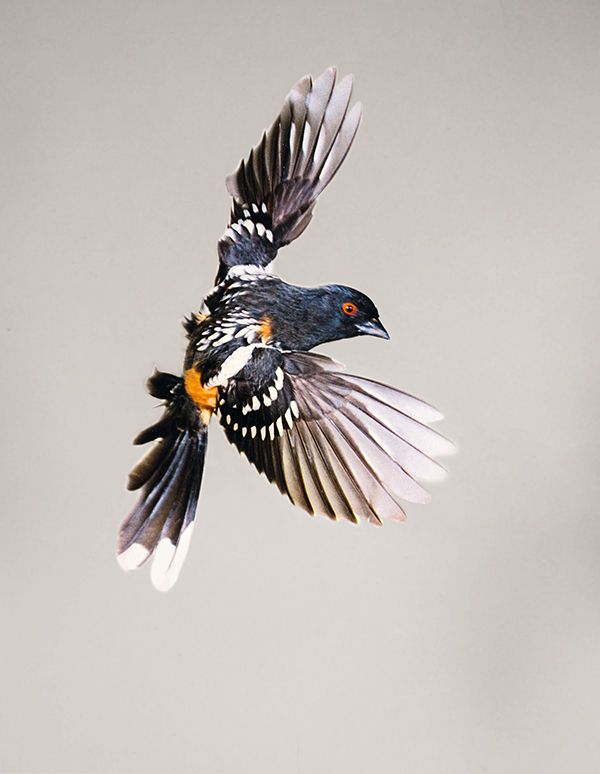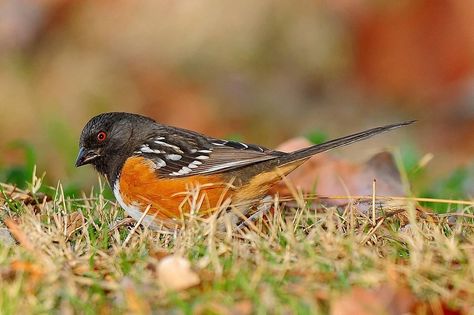by DJ Featherton

They are one of my favorite woodland birds, and commonly found in every state across the lower 48. Most any leafy and brushy area along an old field or forest edge should contain a nesting pair of Towhees. These foragers can easily be heard hopping back and forth on the dry ground, turning up leaves to find a meal. Their song of “Drink your teeeeeea” is obvious and can’t be missed. Then, after the Towhee has drawn our attention, they can be seen amid the lower brush and bramble flashing their colors. Rufous, reddish- brown, side feathers against a black head and back with flashy-white underparts make them visible in the thick undergrowth. This is a beautiful bird! So, why is it that so few of us know what a Rufous-sided Towhee is, or even recognize the name of this really cool bird?
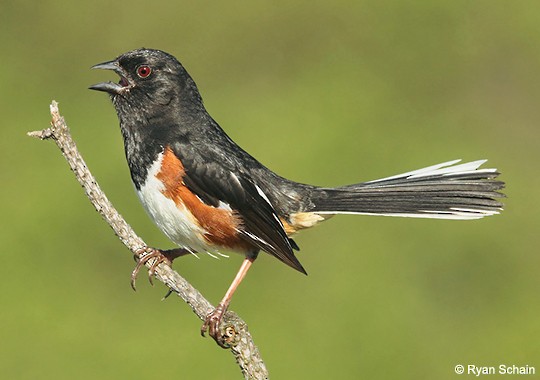
The Rufous-sided Towhee has always been the common name for this nearly robin-sized member of the sparrow family. More recently, however, Towhee populations have been identified as two separate species. Today, there is the Eastern Towhee that ranges from the eastern seaboard to the central plains. With almost no overlap of ranges, the Spotted Towhee is found from the Great Plains, west to the Pacific coast. The word “rufous” has been dropped from their original name. The two species look alike except the Spotted Towhee in the west sports neat little white spots on their jet-black wings. Personally, I was fine with just Rufous-sided Towhee. Hmmm.
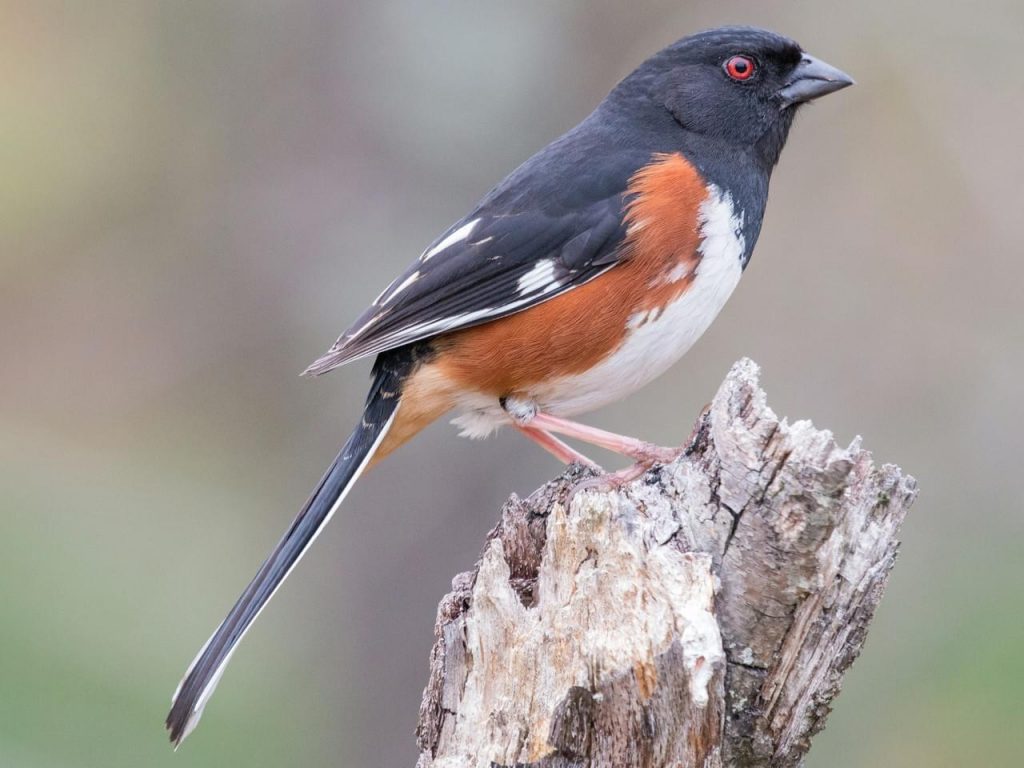
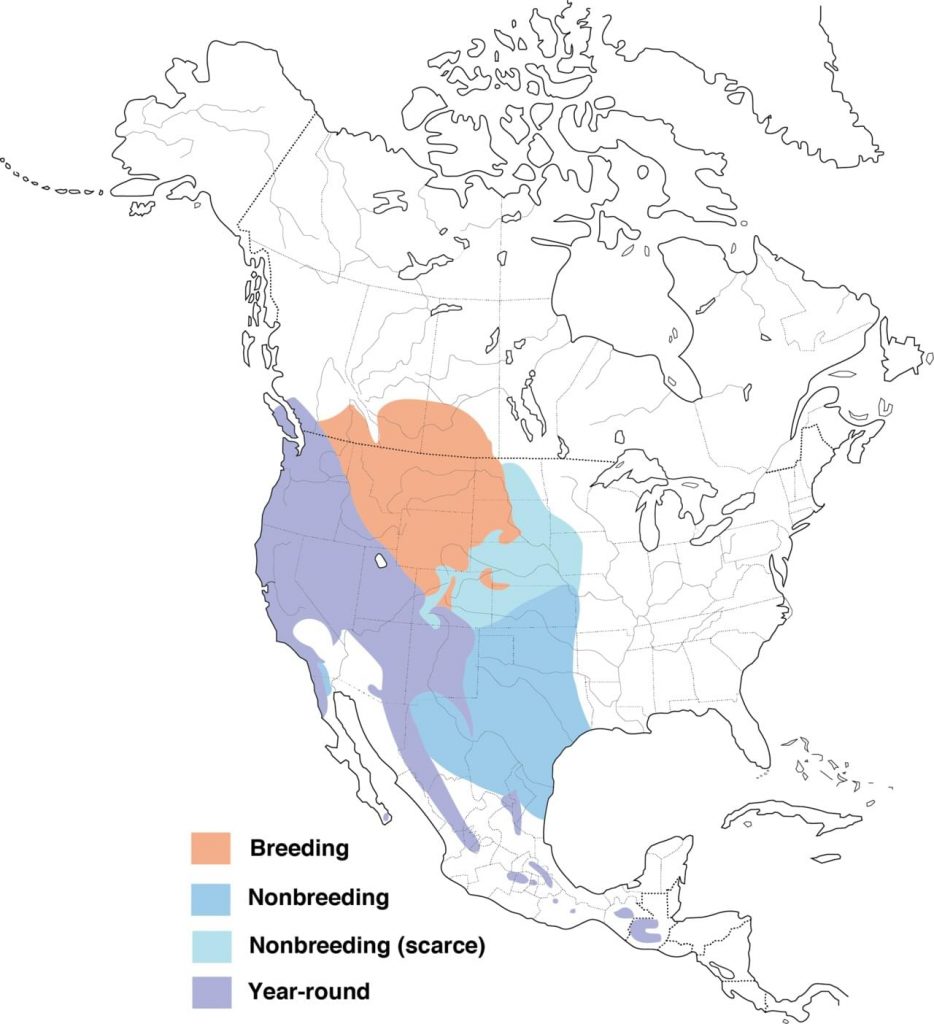
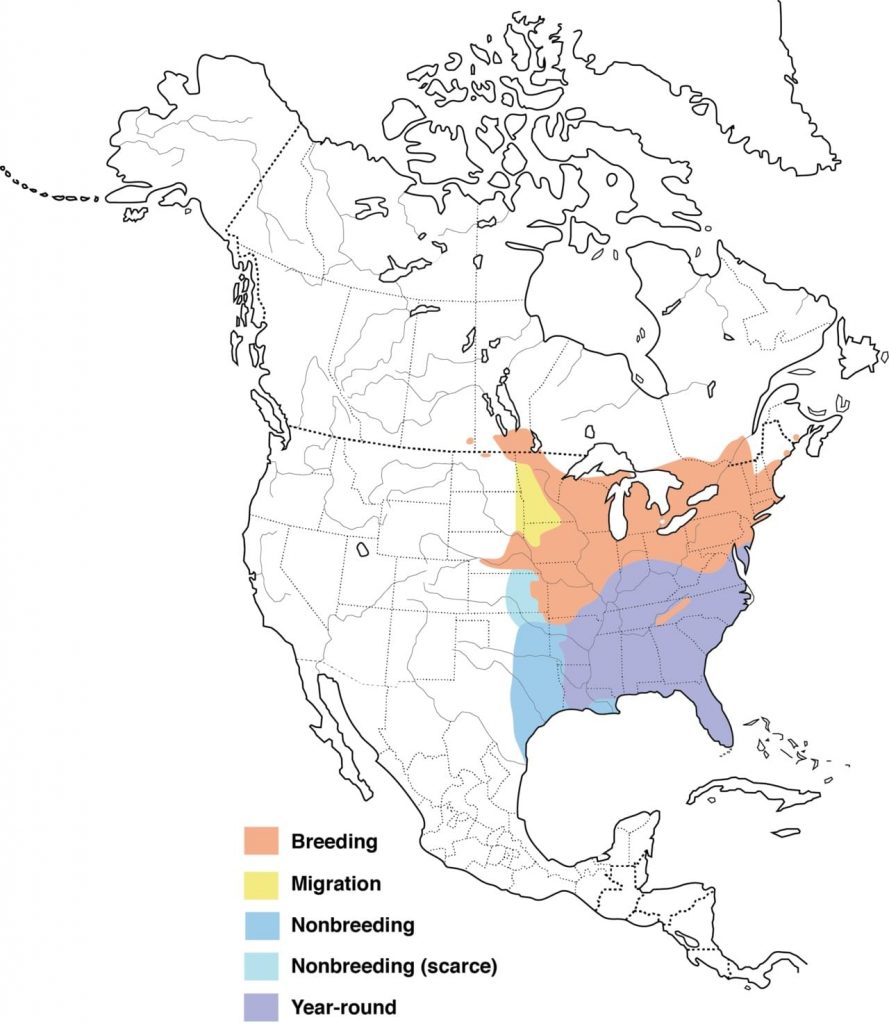
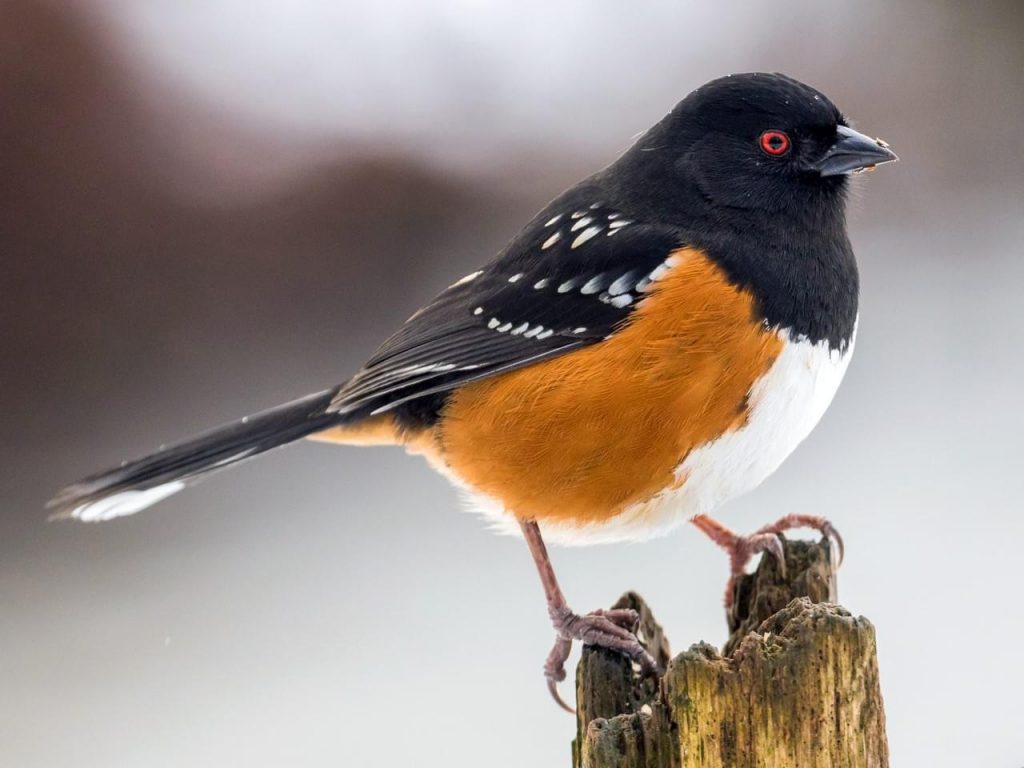
According to the North American Breeding Bird Survey, like many of our bird groups, the Eastern Towhee declined by approximately 49% between 1966 and 2015. This is mostly due to loss of forests and increased city development. On the other hand, the Spotted Towhee has maintained their numbers during the same period. The estimated number of breeding pairs of both birds remain high, and are of low-concern in the conservation department.

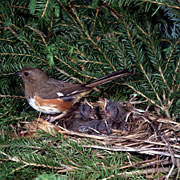
If you live near lots of trees with underbrush, you can entice them to your yard by putting sunflower seeds or fruit on the ground. Blueberries, blackberries, corn, wheat or oats work well. Towhees enjoy a large menu. Ragweeds, grasses, flower buds and acorns are also well received. It may take a while for them to find your treats, but in time, you may discover new visitors in you yard. Most will stay all year.
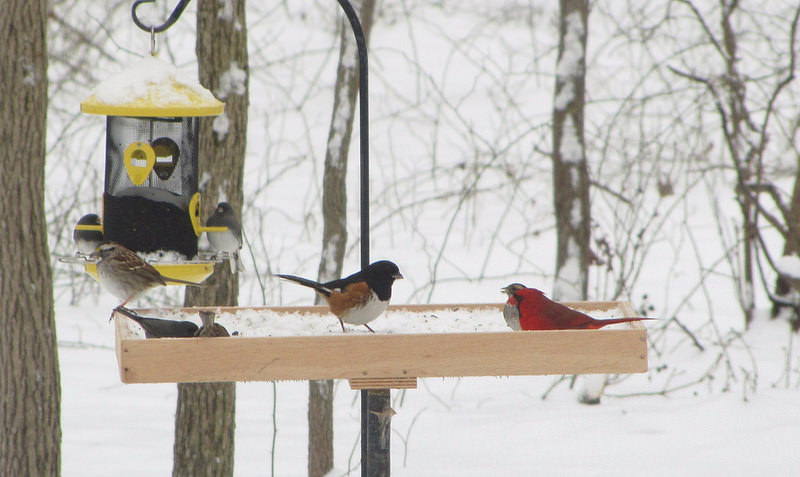
So, why don’t more people know what Towhees are? Maybe they’re just hard to see hopping back and forth, turning over dry leaves in the thick underbrush. Maybe their obvious, “Drink your teeeeea,” song is not known by many. Whatever! These common red-eyed beauties are all around us, so don’t miss out. Grab your best pair of binocs, get out there, listen, and then look. This is birding! I’ll see ya out there!

